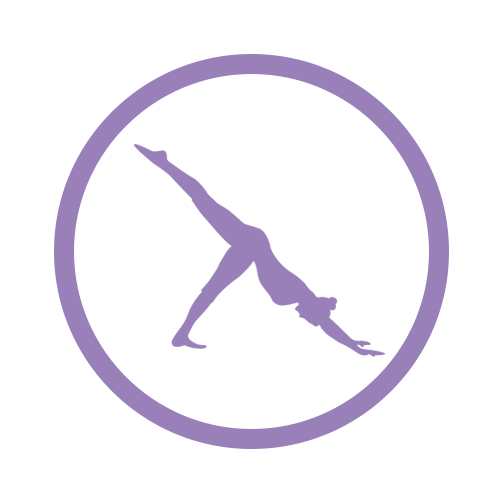10,000 steps! The holy grail of fitness! But, really?
Unless you are living in stone age – which in the hindsight might be a good thing really – you must have heard about the importance of 10,000 daily steps! Every fitness/workout app out there today begins with this one standard goal!
But have you really managed to realize the irony behind it?
The very fact that we need to explicitly target these 10,000 steps daily – which we often fail – points to a larger problem, i.e. the unnatural sedentary modern lifestyle!

Since the past 200,000 years, i.e. approximately when the first of the modern Homo Sapiens started walking on the earth, it has been only during the past 100 or so years that our daily lives have drastically changed from long hours of walking, running, lifting, etc to sitting and slouching and only using those finger muscles at the best.
Simply put, our modern sedentary lifestyles are not in line with how our bodies have evolved over the past hundreds of thousands of years!
And as the science tells us, we cannot fight evolution!
We find ourselves forced to sit in those comfortable chairs and couches all day and while we don’t feel the discomfort immediately, over time key muscles, bones and joints in our body – all the way from the neck to spine, hips, knees and feet – start feeling strained due to either being stuck in almost fixed and unnatural compression or unnatural extension for long continuous hours! And this leads to much speedier muscle and bone degeneration as compared to the natural aging process.
Effects of continuous sitting:
Loss of hip strength and balance
Our hip muscles are one of the most important and strongest muscles in our body and are highly crucial in keeping our body weight stable. They are the primary muscles responsible to keep the load off our lower back and knees.
But these long sitting hours are increasingly making our hip muscles immobile and weak.
So yes, long sitting hours = weak hips = bad lower back and bad knees!
Neck pain and upper back strain
Our heads remain slouched during these long sitting hours while we slouch and use laptops, mobiles and other devices.
The weight of our head – thanks to the super-developed human brain that resides there – is enough to cause a highly damaging compressive strain on our neck and cervical region.
And as we all know, cervical pain is a leading cause of limited mobility among today’s young and middle-aged working professionals!
Weak core and compressed spine
The core is named core for a reason! It really is the core! The core of your body and its ability to maintain its balance and stability. The core comprises quite a few muscles including abdominal muscles, psoas, erector spinae and many others.
Every minute we are sitting and inadvertently slouching, we are letting our core muscles go weak. And what bears the most damaging effect from the weak core muscles? Our spine! Yes, that special spine!
So yes, long sitting hours = weak core = spine problems!
Limited breathing
Breathing is probably the most important activity that our body does involuntarily throughout the day. After all, an average person breathes about 22,000 times every day!
The dreaded slouched sitting posture means compressed chest and anterior trunk area leading to limited mobility range for primary breathing muscles – diaphragm. It means, that despite breathing the entire day, we are never fully breathing. Our bodies are never getting the required amount of Oxygen, the elixir of life!
Over a period of time, our chest and anterior trunk areas get chronically tight while the diaphragm gets chronically weak, leading to limited breathing and reduced oxygen intake for 22,000 times every day!
So yes, long sitting hours = inefficient breathing = overall reduced bodily functions and recovery!



